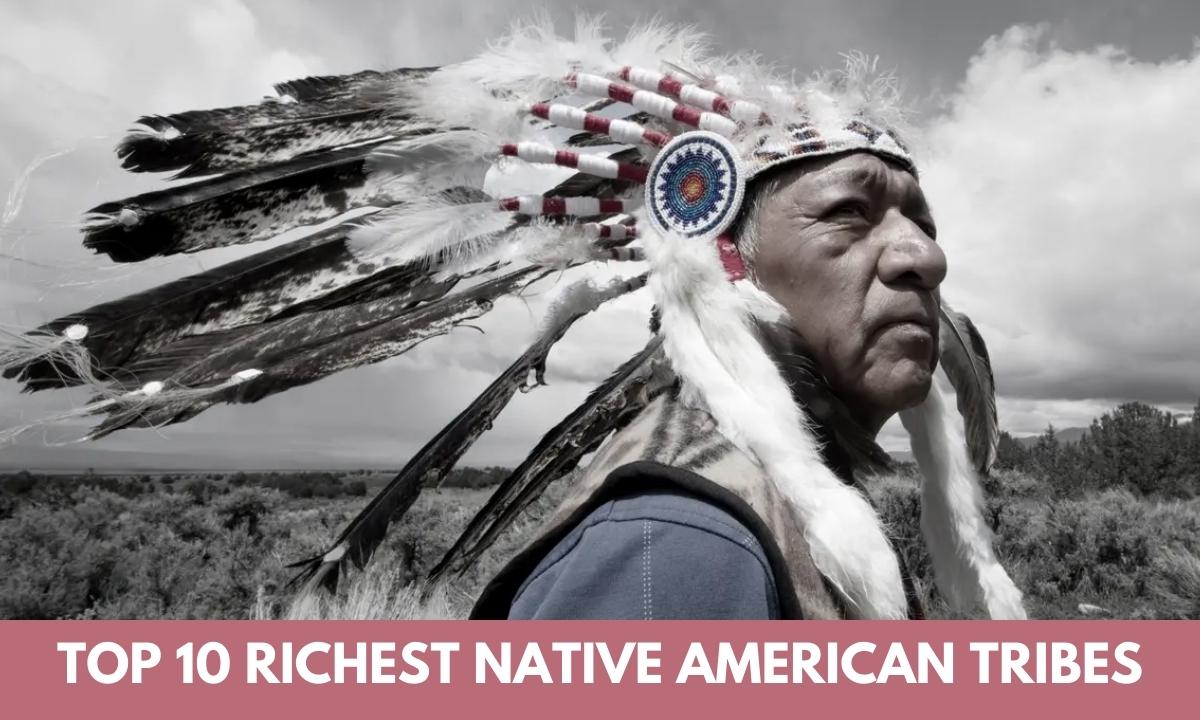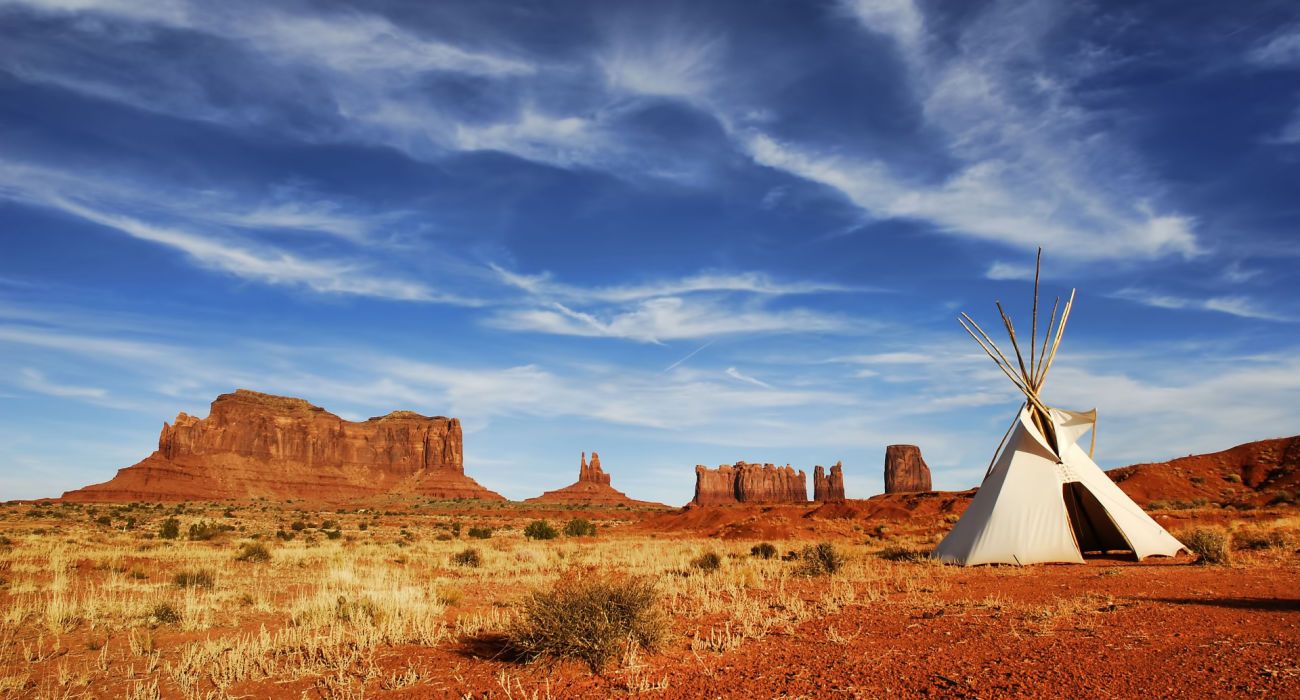The Richest Native American Reservations: A Look at Wealth and Sovereignty
The Richest Native American Reservations: A Look at Wealth and Sovereignty

The term "richest" when applied to Native American reservations can be a complex and multifaceted one. It’s often associated with economic prosperity, but it’s crucial to remember that wealth extends beyond monetary value. It encompasses cultural preservation, self-governance, and the overall well-being of the community.
While some reservations may boast significant financial resources, others may be rich in cultural heritage, historical significance, or natural resources. This article explores the complexities of wealth within Native American reservations, focusing on the factors that contribute to economic prosperity while acknowledging the diverse experiences and challenges faced by Indigenous communities.
Related Articles: The Richest Native American Reservations: A Look at Wealth and Sovereignty
- A Tapestry Of Traditions: Exploring The Rich Culture Of Central America
- The Mystery Of Blue Eyes In Native Americans: Genetics, History, And Cultural Significance
- Del Lago Resort & Casino: Where Luxury Meets Entertainment In The Finger Lakes
- The Wealthiest Native American Tribe: A Look Beyond The Stereotype
- The Top 10 Richest Tribes In The World: A Glimpse Into Wealth And Tradition
Understanding the Concept of "Richest"
Defining the "richest" Native American reservation is difficult, as there is no universally accepted metric. Some factors considered include:
- Per capita income: This measure reflects the average income of individuals within a reservation, but it can be skewed by factors like population size and income distribution.
- Gaming revenue: Many reservations have successful gaming operations, which generate significant revenue and contribute to economic development. However, this income source is not available to all reservations.
- Natural resources: Reservations rich in natural resources like oil, gas, timber, or minerals can generate substantial wealth. However, resource extraction can also have environmental and social consequences.
- Land ownership: The size and quality of land owned by a reservation can impact its economic potential. Land can be leased for various purposes, generating revenue for the tribe.
- Tribal governance: Effective tribal governance, including strong leadership, transparent financial management, and strategic planning, can contribute to economic growth and stability.
- Cultural preservation: Preserving cultural traditions and languages can be a source of pride and economic opportunity through tourism, education, and artistic expression.

Factors Contributing to Economic Prosperity
Several factors can contribute to economic prosperity within Native American reservations:
- Gaming: The Indian Gaming Regulatory Act (IGRA) of 1988 legalized gaming on tribal lands, leading to the rise of casinos and other gaming facilities on many reservations. This revenue stream has been a significant source of economic development for many tribes.
- Natural resources: Reservations with access to oil, gas, timber, or mineral resources can generate substantial revenue through extraction and lease agreements. However, this revenue source is not always sustainable and can be subject to market fluctuations.
- Tourism: Some reservations have developed thriving tourism industries based on their cultural heritage, natural beauty, or historical significance. This can generate revenue through hotels, restaurants, and cultural attractions.
- Entrepreneurship: Many Native American entrepreneurs have established successful businesses on reservations, creating jobs and stimulating economic growth.
- Federal funding: The federal government provides funding to Native American tribes for various purposes, including education, healthcare, and infrastructure. This funding can play a vital role in supporting economic development.


Challenges Faced by Native American Reservations
Despite these potential sources of wealth, Native American reservations face significant challenges:
- Poverty: Despite the economic progress of some reservations, many still struggle with high rates of poverty, unemployment, and lack of access to essential services.
- Infrastructure: Many reservations lack adequate infrastructure, including roads, housing, and utilities, which hinders economic development and quality of life.
- Environmental challenges: Resource extraction can have negative environmental consequences, and reservations are often located in areas with environmental challenges like drought, pollution, or climate change.
- Health disparities: Native Americans experience higher rates of health problems compared to the general population, including diabetes, heart disease, and substance abuse. This can place a strain on reservation resources and limit economic potential.
- Political and legal challenges: Native American tribes often face legal and political challenges in asserting their sovereignty and rights, which can hinder their ability to control their own economic destinies.
Examples of "Richest" Native American Reservations
While it’s important to avoid ranking reservations based solely on financial wealth, it’s worth highlighting some examples of reservations with significant economic resources:
- The Mohegan Tribe (Connecticut): The Mohegan Tribe operates the Mohegan Sun casino, one of the largest and most successful casinos in the United States. This revenue stream has contributed to significant economic development for the tribe.
- The Mashantucket Pequot Tribe (Connecticut): The Mashantucket Pequot Tribe owns and operates Foxwoods Resort Casino, another prominent gaming facility that generates substantial revenue for the tribe.
- The Cherokee Nation (Oklahoma): The Cherokee Nation has diversified economic interests, including gaming, energy, healthcare, and education. Their successful economic ventures have contributed to a higher standard of living for tribal members.
- The Navajo Nation (Arizona, New Mexico, Utah): The Navajo Nation is the largest Native American reservation in the United States and holds significant natural resources, including coal, oil, and gas. However, the Navajo Nation also faces challenges related to poverty, infrastructure, and environmental concerns.
Beyond Financial Wealth: The Importance of Cultural Preservation and Self-Determination
While financial wealth is a significant factor in economic development, it’s crucial to recognize that wealth extends beyond monetary value. Native American reservations are rich in cultural heritage, historical significance, and self-determination. Preserving these aspects is essential for the long-term well-being of Indigenous communities.
- Cultural preservation: Native American cultures are vibrant and diverse, with unique traditions, languages, and art forms. Preserving these cultural elements is vital for maintaining identity, fostering community, and creating economic opportunities through tourism, education, and cultural exchange.
- Self-determination: Native American tribes have inherent rights to self-governance and control over their own affairs. This self-determination is essential for economic development, as it empowers tribes to make decisions that align with their values and priorities.
Conclusion: A Complex and Diverse Landscape
The concept of "richest" Native American reservations is complex and multifaceted. While some reservations may boast significant financial resources, others may be rich in cultural heritage, historical significance, or natural resources. It’s crucial to recognize the diversity of experiences and challenges faced by Indigenous communities and to avoid making generalizations about their economic status.
Ultimately, the true wealth of Native American reservations lies in their cultural preservation, self-determination, and the overall well-being of their communities. It’s essential to support Indigenous communities in their efforts to achieve economic development and self-sufficiency while respecting their unique cultural identities and sovereignty.
FAQ
Q: What is the richest Native American reservation?
A: There is no single "richest" reservation, as wealth is a complex and multifaceted concept. Some reservations may have significant financial resources, while others may be rich in cultural heritage, historical significance, or natural resources.
Q: How do Native American reservations make money?
A: Native American reservations generate revenue through various sources, including gaming, natural resources, tourism, entrepreneurship, and federal funding.
Q: What are some challenges faced by Native American reservations?
A: Native American reservations face challenges such as poverty, lack of infrastructure, environmental concerns, health disparities, and political and legal barriers.
Q: What is the role of self-determination in Native American economic development?
A: Self-determination empowers Native American tribes to control their own affairs and make decisions that align with their values and priorities, which is crucial for economic development.
Q: How can I support Native American reservations?
A: You can support Native American reservations by visiting tribal businesses, purchasing Indigenous art and crafts, supporting organizations that advocate for Indigenous rights, and learning about Native American history and culture.

Closure
Thus, we hope this article has provided valuable insights into The Richest Native American Reservations: A Look at Wealth and Sovereignty. We appreciate your attention to our article. See you in our next article!


